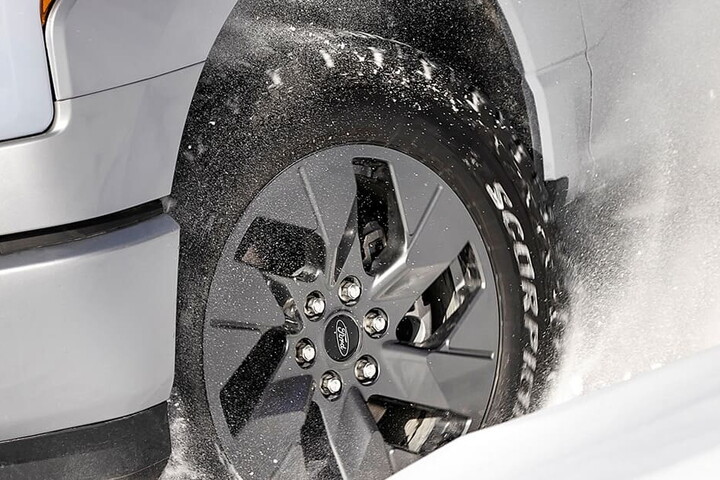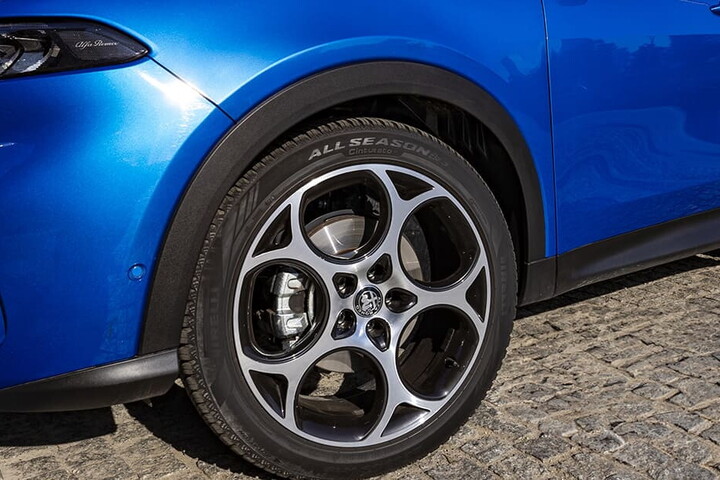Brakes, shock absorbers and tyres: the trio of safety for any vehicle. These are the three items which form part of the underbody and which help to guarantee stability, braking and safe steering manoeuvres. And driving a vehicle with inefficient shock absorbers is undoubtedly risky since worn absorbers also negatively impact the performance of other items.
What is their purpose? Shock absorbers are part of the connecting machinery linking the vehicle to its wheels: they guarantee the stability of the vehicle and help to absorb bumps in the event of an uneven road surface. When they are worn out, the entire chassis system is affected. The important thing is to recognise the symptoms which notify the driver that it is time to change them.

Keep an eye out for the symptoms
If you detect a notable vibration of the steering wheel, it is highly probable that a shock absorber is no longer in perfect condition. The consequences are that this reduces adherence to the road surface, making the car lighter at speed and heavier during manoeuvres.
Another important symptom: if the vehicle “dips its nose” during braking, this can be a clear sign that the shock absorbers are having problems. It is worth recalling that if they are 50% worn, the braking distance in the event of an emergency stop increases by around 2.6 metres.
Other symptoms which should not be underestimated are oil leaks and the less easily recognised sensitivity to side winds: when the shock absorbers are worn out, movements are noticeably accentuated on one side. Finally, when you are driving along a road which is full of bends, if the car leans more heavily than usual towards the outer side of each bend and weaves each time you turn the steering wheel, it is advisable to pull into the nearest mechanical workshop and have the absorbers checked.
Avoid potholes and shocks
Over and above the usual wear and tear incurred over time, the resistance of a shock absorber owes much to the driver's style of driving. The first piece of advice, which is taken for granted, is to avoid potholes. But we must underline the advice that when you notice that you are about to hit a pothole, it is best to slow down without hitting the brakes. By pressing the brakes while the wheels go over the hole, you place unnecessary pressure on the shock absorbers which will then reach the pothole before they are able to absorb this more substantial shock with only a reduced travel availability.
What should be avoided, in particular, when driving in town, are lateral impact shocks, such as when mounting pavements with sharp edges. In the event of impact shocks or even minor accidents, there is a high risk of displacing the anchor points for the shock absorbers. If you really need to drive over a small step, it is best to push the wheel up to it slowly and then move forward.
How they influence tyres
The efficiency of the shock absorbers naturally also influences the tyres: if the former are worn out, the latter can easily lose their alignment and become much noisier. And both their tracking and balancing can change compared with the ideal measures.
Yet another danger is aquaplaning: if your shock absorbers are worn out, the risk of skidding increases by at least 10%. Ultimately, it is not so much a question relating to driving comfort – which is partly diminished – but rather one relating to the very clear reduction in safety.
READ MORE: Safety First: how to deal with aquaplaning
As well as a visual inspection, it is a good idea to obtain a formal diagnosis as soon as just one of the above-mentioned problems becomes evident. By visiting a specialised workshop, you can arrange for a “bounce” test, a verification of the tyres under a variety of conditions, and an analysis of the height of the suspension. If required, you should go ahead with the replacement of the shock absorbers, naturally in pairs.




